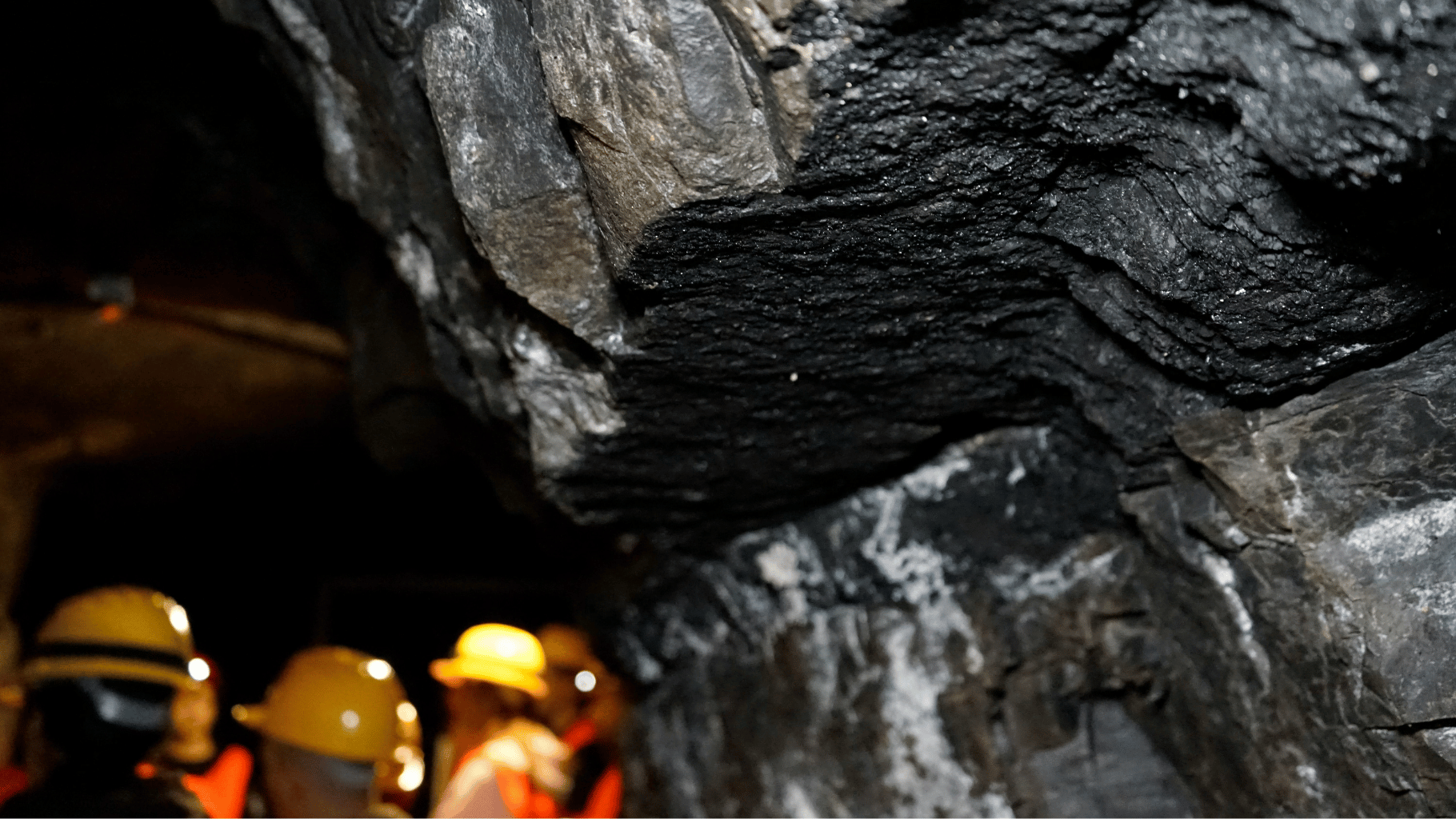Whilst the saying goes that ‘the market is always right’, that doesn’t mean it always makes sense. There are macro forecasters that make good money picking trends out of world events and most of the time these seem to make perfect sense for instance, during Covid seeing a trend away from airlines and discretionary spending and towards food and basic staples.
But what has many scratching their heads at the moment is the lithium space.
At a global scale, with the shift towards electric vehicles and fixed energy storage, it’s logical to see an increase in lithium demand (along with its fellow battery commodities) over the coming decades. You can’t have the EVs without the commodities needed to make them.
However, the strong demand thematic is then somewhat tempered by the fact that lithium prices have been on a slide for most of the year, something the analysts at Goldman Sachs will claim they saw coming, it’s just later than expected. Which is a bit like your pick in the Caulfield Cup running last, but then winning the Melbourne Cup.
But I digress, increasing demand doesn’t quite gel with decreasing prices, from a market economics perspective.
At the individual stock level, there is also something weird going on with lithium companies in Canada travelling largely sideways, whilst ASX-listed companies are having a wild old time of it.
Not that long ago, Gina Rinehart dropped around a billion dollars at $3 a share to pick up a healthy stake in Liontown Resources, scaring away Albemarle and then watching as the share price nearly halved in quick order.
Pilbara Minerals, one of the gems of the sector at the start of the bull run saw its shares run from around fifteen cents all the way up to nearly $5.50. Since Diggers in August, the company’s shares have been shredded, now off 30%. Given that according to shortman.com.au Pilbara is the most shorted stock on the ASX (at 17.26%), there may be a way to go.
In the context of a declining lithium price environment, the drops by Liontown and Pilbara do actually make some sense.
But the mercurial rises of some of the junior explorers over the same period are a bit hard to fathom. If the price is weak and the producers are being sold down, why is it that we can have exploration companies having ten bagger weeks, ala TG Metals, as well as a regular parade of companies with the merest whiff of spodumene seeing their share prices rocket up over 100% in a session?
So, what are investors supposed to do when one part of the sector is being smashed from pillar to post whilst others are having a great old time and making some investors very, very happy in the process?
At the basic level, investors should still be doing their homework on the fundamentals of the story to satisfy themselves that any stock gains are justified and hence more likely to last.
It can be a wild ride trying to keep up with all of the movements up and down at the moment, however for canny, well-timed investors, it can be truly life changing or at the very least a few more presents might be under the tree.
White Noise communications is provided a fee for service working with companies which may have exposure to commodities or securities mentioned in these articles. All articles are the opinion of the author and are not endorsed by, or written in collaboration with, our clients.






